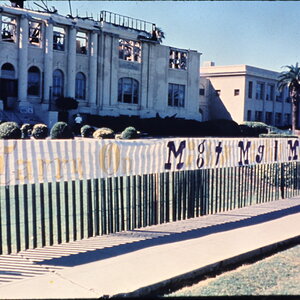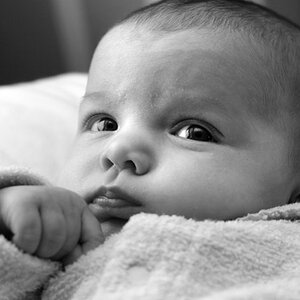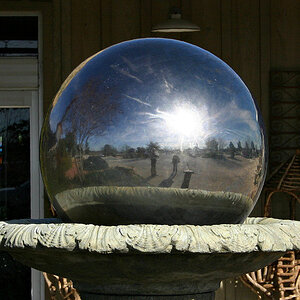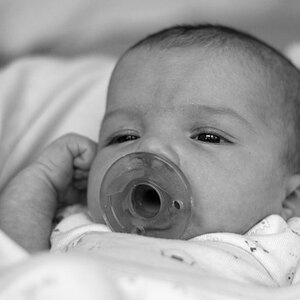rexbobcat
Been spending a lot of time on here!
- Joined
- Nov 28, 2011
- Messages
- 5,014
- Reaction score
- 1,967
- Location
- United States
- Can others edit my Photos
- Photos OK to edit
No camera in the history of photography has the ability to capture reality as we see it.
I don't understand the point of this argument. It seems moot since you're limited to certain stylistic choices based on the actual technology your using. Cameras do not record reality.
I don't understand the point of this argument. It seems moot since you're limited to certain stylistic choices based on the actual technology your using. Cameras do not record reality.




![[No title]](/data/xfmg/thumbnail/42/42280-60cc6d4893a2f440eac7dd2248e733a9.jpg?1619740088)






![[No title]](/data/xfmg/thumbnail/42/42058-8597ac0f687fb4007aa3ca0210936f04.jpg?1619739994)

![[No title]](/data/xfmg/thumbnail/42/42281-7e2c2677bdc791ca1918fb67b6b760c5.jpg?1619740089)
